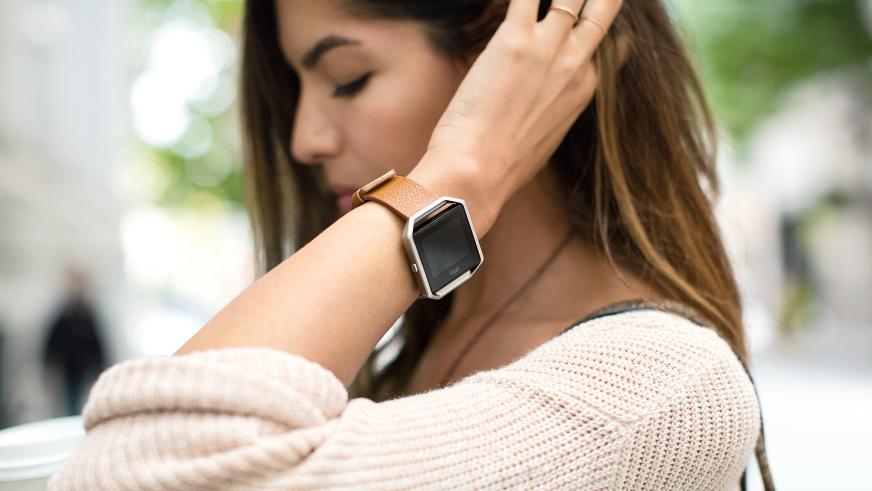Pebble's demise caps a bad year for wearables, but 2017 looks bright
Can a bold shuffle turn the struggling sector back around?

Fitbit acquiring Pebble might seem like a move that came out of nowhere, but it’s a logical result considering the especially troublesome year that the wearables category has weathered.
Android Wear 2.0 delayed into 2017. Motorola presses pause on smartwatches. Apple Watch sales are down from last year. Headlines like these just keep rolling in.
So, in the great race for wrists – many of which have already been claimed once over – what do two of the most well-known and beloved wearables companies do? Join forces, apparently.
Under Fitbit’s ownership, Pebble’s hardware wing is shuttering completely, though its software and learnings will live on in future Fitbit products. Sure, it’s bleak to see a company that saw the highest of highs more or less concede to a competitor. But, for a year that saw almost nothing but a negative trend for wearables, this is an encouraging move.
The challenges don't end here
While many smartwatch manufacturers can afford to idle and continue pulling in revenue from other streams, like smartphones and kitchen appliances, dedicated wearables companies don’t have that luxury.
Forward momentum is necessary for survival, and if 2016 was any indication, the years ahead won’t be any easier. But, Fitbit and Pebble together as one seems like an outfit equipped to handle it.
But, questions and challenges remain. What will the first Fitbit product made with Pebble look like? Will it put more of a focus on smarts and fashion than fitness? Can Fitbit balance making a product that serves its own fans and Pebble’s? And, the big one: How does Fitbit plan to sell its new products to people who already have older ones that still work?
Sign up for breaking news, reviews, opinion, top tech deals, and more.
To me, this seems to be the biggest surprise to smartwatch and fitness tracker manufacturers: there aren’t enough repeat buyers. Wrists have been won over, whether it be by LG, Pebble, Fitbit, or Apple, and there’s little that companies can do to change that moving forward.
In the smartphone world, you’ll commonly see people invest in each new iPhone or Samsung Galaxy S-series phone, and sure, if you look hard enough, you’ll find dedicated wearables fans, too. But there obviously aren’t enough to keep things afloat.
2017 will see movement in the wearables category that’s more stilted than we’ve seen before, with many major players sitting on the sidelines. But maybe that’s just what it needs to cut the excess, and focus in on delivering more polished, accurate and ambitious products to market.
Wrist-based tech was posed to be the next big thing, and with expectations in check, it’s still a really cool space, ripe with untapped potential (Pebble Smartstraps, anybody?). However, next year will likely decide the fate for the category. Will it continue puttering along, or will companies find their groove?
Fitbit, this is truly your time to shine.

Cameron is a writer at The Verge, focused on reviews, deals coverage, and news. He wrote for magazines and websites such as The Verge, TechRadar, Practical Photoshop, Polygon, Eater and Al Bawaba.